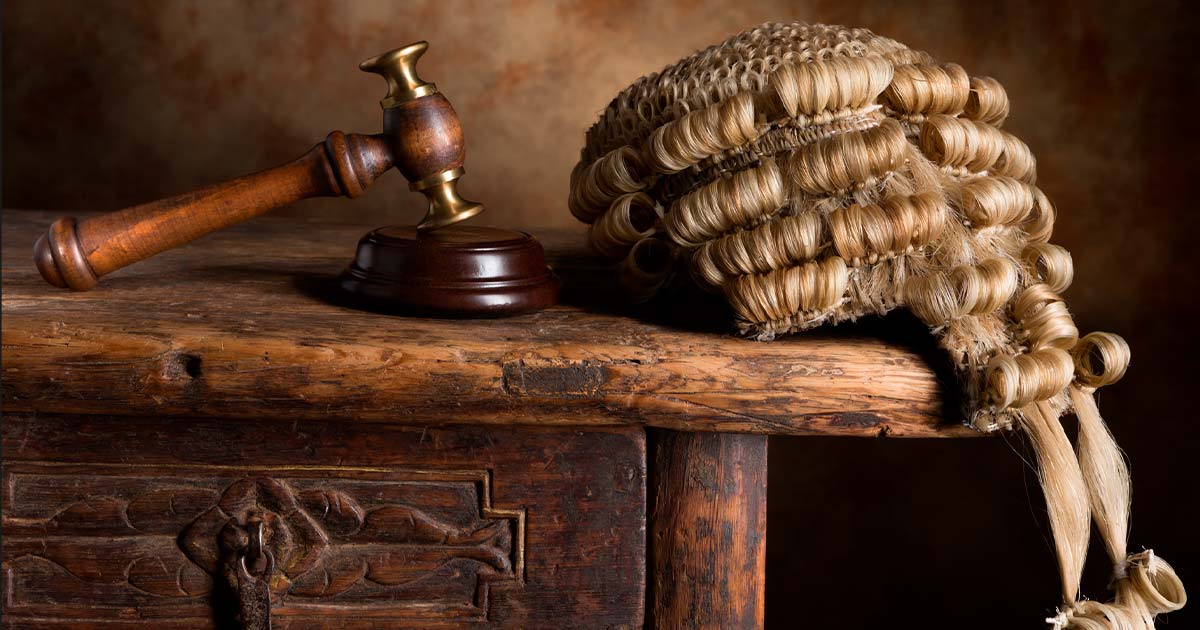The British Tradition of Wig Wearing in the Courtroom (Video)
The meticulous art of handcrafting legal wigs for British courts weaves a tapestry of tradition that reaches back through the annals of time, tracing its origins to the late 17th century. Entrusted to the skilled hands of Eden Ravenscroft's venerable tailors, this ancient practice continues to thrive. In the realm of law, tradition is paramount, echoing through the attire of judges and barristers. These garments not only denote their status but also emphasize the solemnity and equality of courtrooms. Crafting each wig demands diligence, with barristers' wigs taking three weeks and judicial bench wigs, six weeks, of careful labor. Horsehair, thoughtfully sourced and treated, forms the core of these wigs. Gradated colors, from light to dark, ensure that new barristers exude professionalism over inexperience.
The tradition of legal wigs finds its genesis in the late 1600s, a response to the fashion of the times. The powdered wigs came to symbolize authority and formality, serving as a mark of distinction within the legal profession. For barristers like Andrew Eborn, donning the wig carries multiple meanings – it dignifies court proceedings, pays homage to age-old customs, and grants anonymity to legal professionals. For Eborn putting on his wig makes him feel like a knight going into battle.
- Changing Beauty: The Use of Elaborate Wigs in Ancient Egypt
- Medieval Lawyers Used Sheepskin Parchment to Prevent Fraud and Forgery
Top image: British court wig. Source: Anneke / Adobe Stock.

















